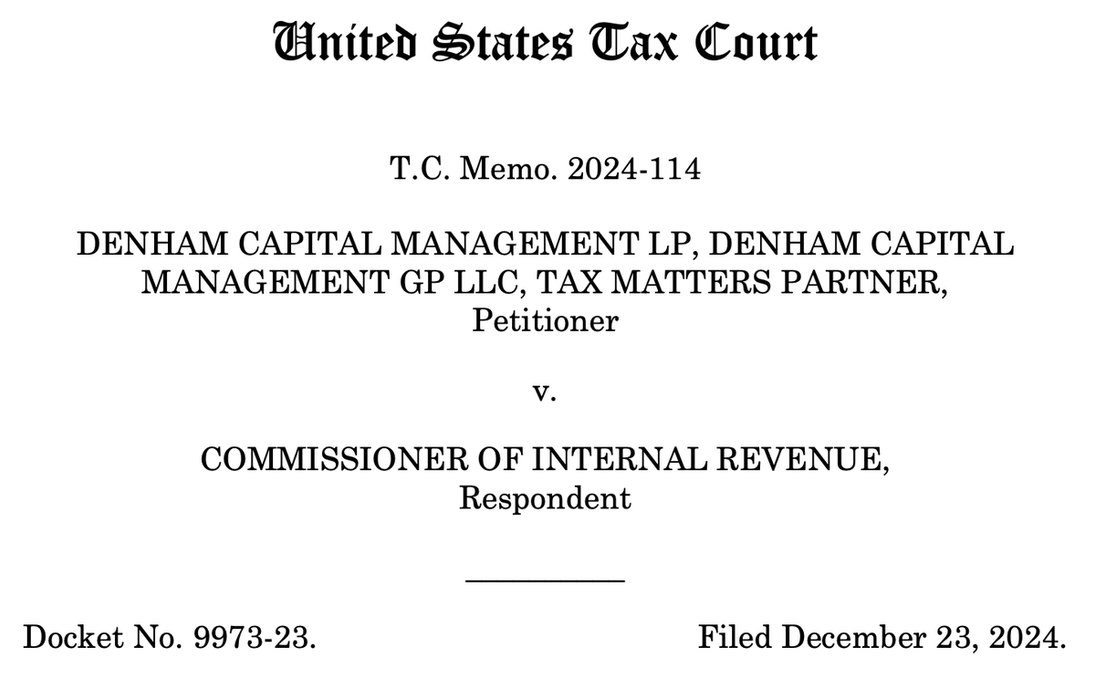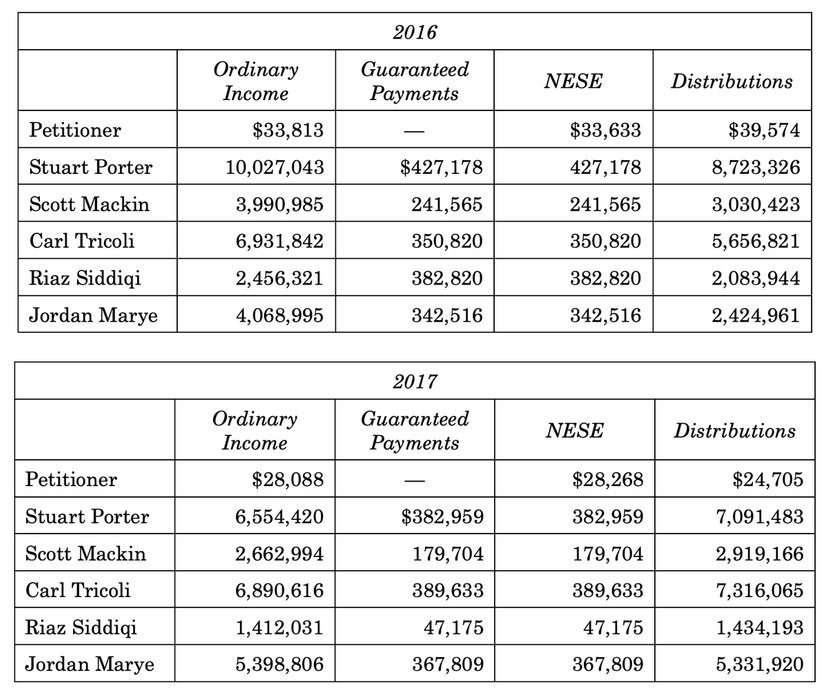Sublime
An inspiration engine for ideas
If those investors received their money from several different sources who did not directly own a percentage of the portfolio companies, then those individuals are venture capitalists and they are receiving money from limited partners (these are endowments, foundations, public pensions, high net worth individuals etc.).
Bradley Miles • #BreakIntoVC: How to Break Into Venture Capital And Think Like an Investor Whether You're a Student, Entrepreneur or Working Professional (Venture Capital Guidebook Book 1)


Once the limited partners receive 100 percent of their money back, Cynthia and Mercedes receive 20 percent of any additional profits while the limited partners receive 80 percent. The 20 percent that Cynthia and Mercedes receive is referred to as carried interest.
Bradley Miles • #BreakIntoVC: How to Break Into Venture Capital And Think Like an Investor Whether You're a Student, Entrepreneur or Working Professional (Venture Capital Guidebook Book 1)
The owners who provide most of the capital to the business are the limited partners (LPs). They are called “limited partners” because their liability is limited to their investment. If they invest $100,000, then $100,000 is all they can lose as passive investors in the partnership.
Robert Walker • Pass The 65: A PLAIN ENGLISH EXPLANATION TO HELP YOU PASS THE SERIES 65 EXAM - UPDATED FOR 2017
to form a limited partnership, there still has to be at least one general partner (GP), who, as we just saw, has personal liability for debts and lawsuits associated with the business. But a limited partnership then has limited partners (LPs) who maintain limited liability status, meaning they can only lose what they invest into the business.
